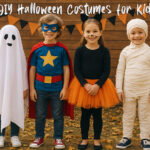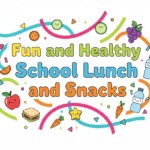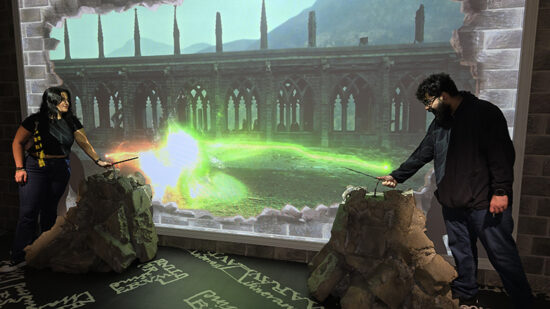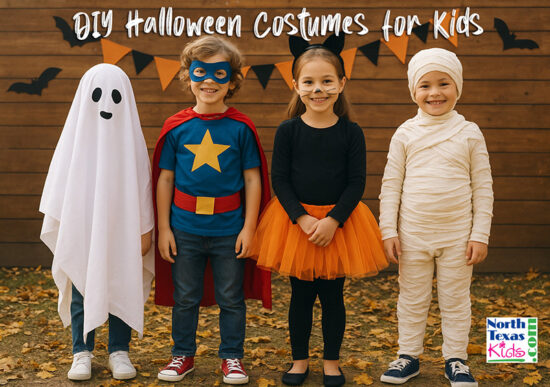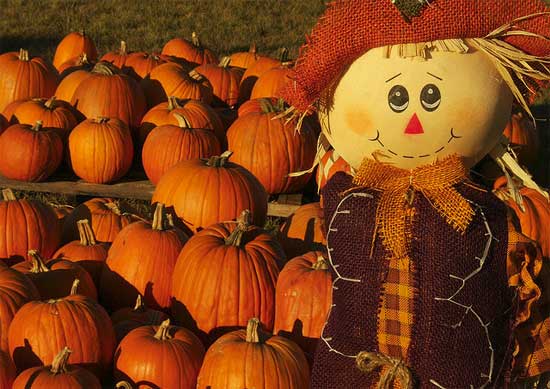Halloween Roundup: Save on Candy, Costumes and Decor
If the cost of Halloween costumes, candies and decor frighten you, don’t fear; the following ideas can help you simplify this ghoulish season without spending an arm and a leg.
Costumes
DIY
You don’t have to be an expert seamstress to make great Halloween costumes. When your kiddos are little, it’s especially easy to go the DIY route since they’re fairly easy to please. In addition to fabric stores, look to the Domestic Queen for ideas for a creative costume.
Shop Early for Savings
Everyone knows the best deals on Halloween costumes happen after Oct. 31, but what good does that do you right now? Thankfully, some stores offer discounts on costumes before the holiday, when it’s actually helpful. For example, you can get a coupon code at FreeShipping.org for 30-percent off costume orders from the The Children’s Place.



